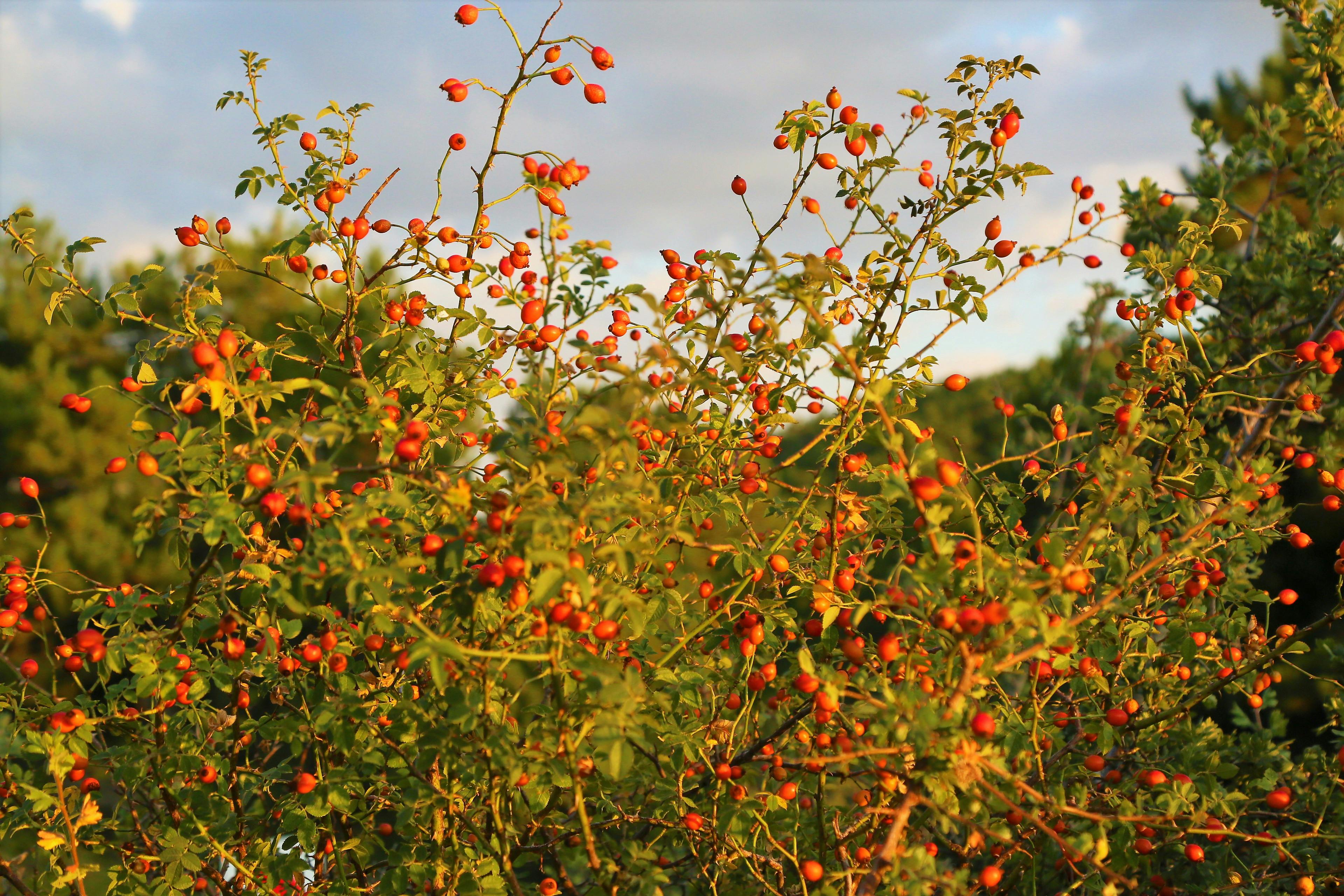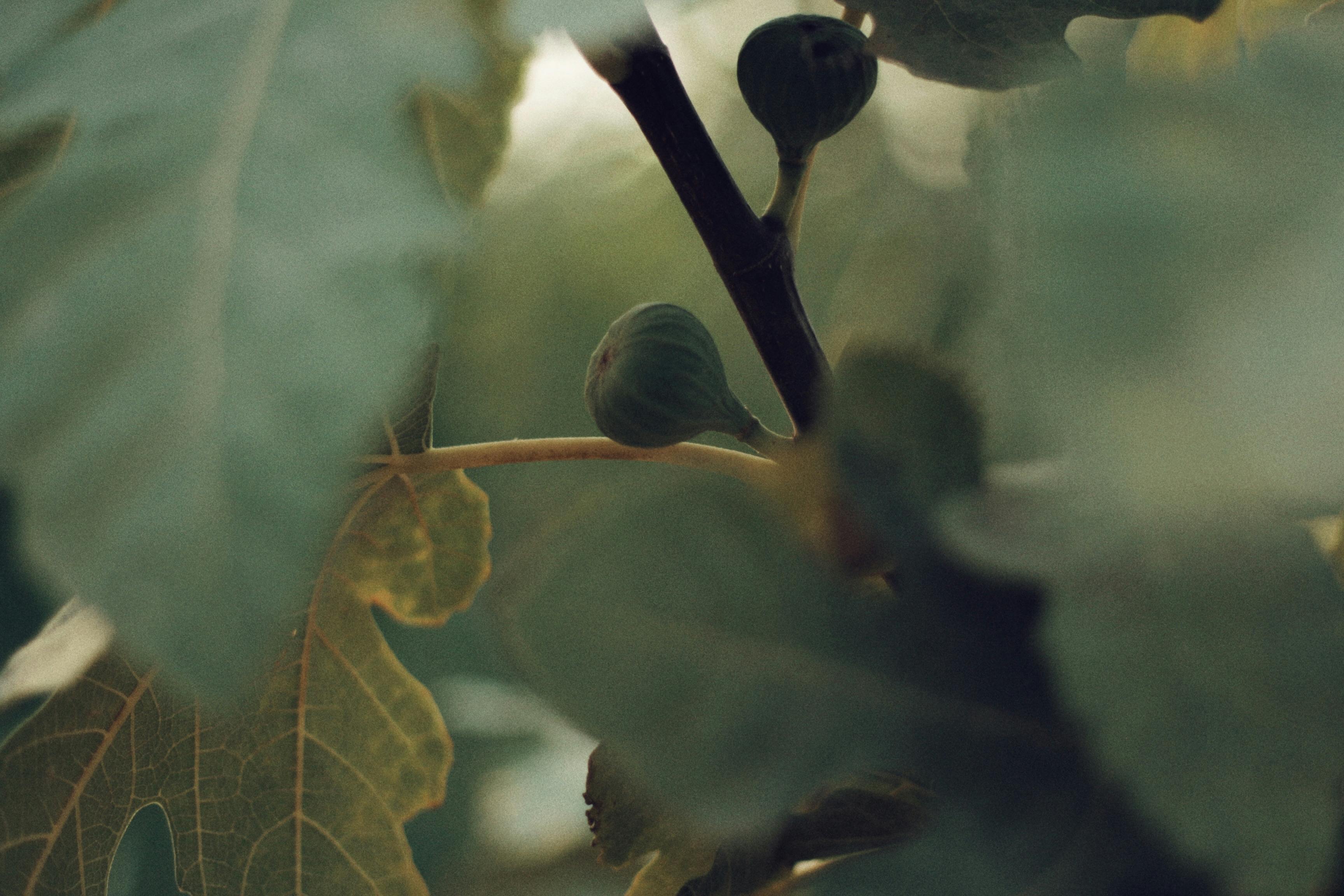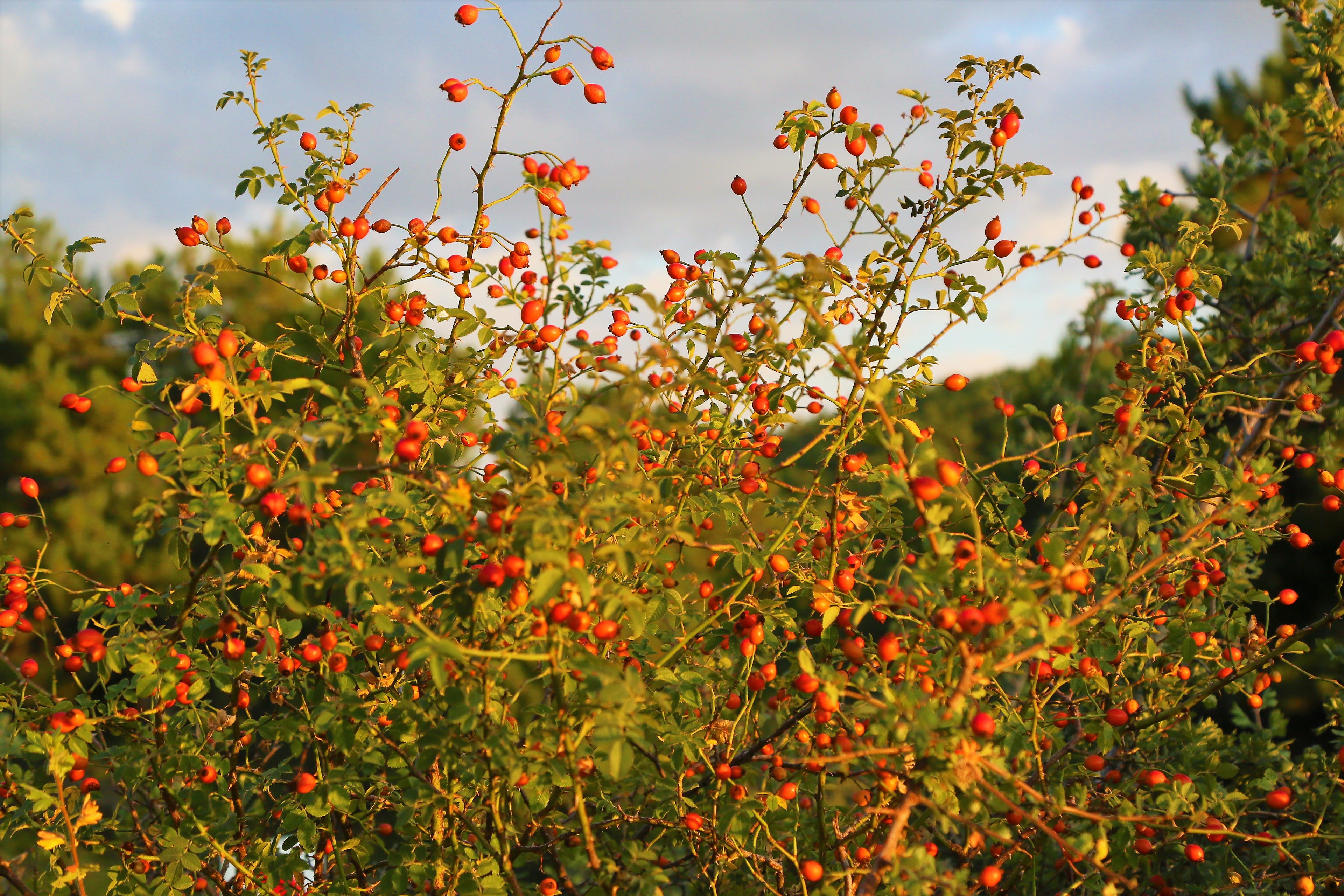Figs are a delicious and nutritious fruit with a unique sweet flavor. But before they can be enjoyed, fig trees must be planted and given time to grow. How long it takes for a fig tree to bear fruit depends on several factors, including the type of fig tree, the climate in which it’s grown, and how well it’s taken care of. In this article, we’ll explore these factors and discuss how long you can expect your fig tree to produce fruit.It can take anywhere between three to five years for a fig tree to begin bearing fruit. However, the exact amount of time varies depending on the variety of fig tree and the growing conditions. Most fig trees will bear fruit continuously from early summer through late fall.
Climate
The climate in which a fig tree is grown can affect how long it takes for the tree to bear fruit. In climates that have mild winters and warm summers, fig trees tend to bear fruit quicker than those grown in climates with colder winters and shorter summers. Additionally, fig trees grown in areas with ample sunlight will typically produce fruit more quickly than those grown in areas with less sunlight.
Soil Type
The soil type can also play a role in how quickly a fig tree bears fruit. A soil that is high in organic matter and well-draining is best for growing fig trees, as it provides the necessary nutrients and moisture for the tree to thrive. Sandy loam soils are ideal for growing fig trees, as they provide good drainage and aeration, while clay soils are not recommended as they tend to retain too much moisture and can lead to stunted growth.
Variety
The variety of fig tree can also affect how long it takes for the tree to bear fruit. Some varieties are known to be more productive than others, so selecting a variety that is known to be productive can help reduce the amount of time it takes for the tree to start bearing fruit. Additionally, some varieties may require cross-pollination from another variety of fig tree in order for them to produce any fruit at all.
Age
The age of the fig tree is also an important factor when determining how long it will take before it bears fruit. Generally speaking, young trees may take up to four years before they produce their first crop of fruits, while older trees may begin producing fruits within one or two years after planting. Additionally, some varieties may take longer than others before they begin producing fruits.
Overall, there are several factors that can affect how long it takes a fig tree to bear fruit such as climate, soil type, variety and age of the tree. By understanding these factors and selecting a variety that is known to be productive, gardeners can optimize their chances of harvesting delicious figs sooner rather than later!
What Types Of Fig Trees Produce The Fastest?
Figs are a delicious, nutrient-rich fruit that can be enjoyed in many ways. They are also relatively easy to grow, with many varieties of fig trees that can be grown in most climates. Some fig tree varieties produce faster than others, so it is important to know which types of fig trees will produce the best and quickest results.
The main factor that determines how quickly a fig tree will produce its fruit is the type of climate it is grown in. Tropical climates usually have the warmest temperatures and most sunlight, which means that fruit will ripen faster. In temperate climates, colder winters and shorter growing seasons mean that figs may take longer to ripen and harvest.
When choosing a variety of fig tree to grow, it is important to consider both the climate and the type of fig being grown. Some varieties of figs require more heat than others in order to ripen properly. For example, Smyrna Figs require warmer weather with a minimum temperature of 60 degrees Fahrenheit or higher for optimal growth and fruiting. In contrast, Mission Figs are hardy enough to withstand temperatures as low as 20 degrees Fahrenheit without any damage.
Another factor to consider when selecting a variety of fig tree is how long it takes for fruit to ripen after flowering. Some varieties may take up to three months for flowers to turn into ripe fruit while others may only take a few weeks. Dwarf varieties tend to be faster-producing than standard-sized trees, allowing gardeners to enjoy more harvests throughout the season. Additionally, some cultivars are self-pollinating while others need another compatible cultivar nearby for pollination so this should also be taken into consideration when choosing a variety of fig tree for planting.
In general, some of the fastest producing varieties include Brown Turkey Figs, White Adriatic Figs and Negronne Figs as all three are self-pollinating and will provide multiple harvests each year when grown in temperate climates or warmer regions with mild winters.
Overall, there are many different types of fig trees available and each one has its own unique characteristics when it comes to fruiting speed and other factors such as climate needs or pollination requirements. Knowing which ones will produce the fastest harvests can help gardeners get the most out of their harvest season each year!
Fertilizing
Fertilizing the fig tree is a great way to speed up the bearing of fruit. Applying a balanced fertilizer every few months can help ensure that the tree is getting all the nutrients it needs to grow and bear fruit. It is important to read the instructions on any fertilizer you use, and follow them carefully. Make sure not to over-fertilize, as this can be harmful to the tree.
Weeding
Weeds can compete with your fig tree for water and nutrients, so it is important to keep them cleared away from the base of your tree. Removing weeds regularly will help ensure that your fig tree has access to all of the resources it needs for healthy growth and fruit production.
Pruning
Pruning your fig tree will help promote new growth and larger fruit yields. This should be done in late winter or early spring before new growth begins. Pruning should be done carefully and selectively, so as not to cause injury to the tree. Removing dead or diseased branches can also help improve air circulation around the tree.
Watering
Watering your fig tree regularly is essential for good fruit production. The soil should be kept moist but not soggy, so water deeply when necessary. Mulching around the base of the tree can help retain moisture in summer months when rainfall is lower. Be sure not to overwater, as this can lead to root rot.
Protecting From Pests and Diseases
It’s important to inspect your fig trees regularly for any signs of pests or diseases that could affect their ability to bear fruit. If any pests or diseases are found, take steps immediately to control them before they spread further throughout your tree. If possible, try natural solutions such as insecticidal soap or neem oil before using chemical pesticides.
By following these tips you should be able to speed up the bearing of fruit on your fig trees in no time!
What Can Slow Down The Bearing Of Fruit On A Fig Tree?
Fig trees are highly productive and can produce an abundance of fruit when well cared for. Unfortunately, there are several factors that can slow down the bearing of fruit on a fig tree. Poor soil quality, inadequate watering, and pests can all cause a fig tree to produce fewer or smaller fruits. Other environmental factors such as extreme temperatures and excessive humidity can also decrease the production of figs. Additionally, if the fig tree is not pruned regularly it may become overgrown and lack the energy needed to produce abundant fruits. Taking these steps to ensure your fig tree is healthy and well-maintained can help keep it bearing fruit for years to come.
The first step in keeping a fig tree healthy is providing adequate soil nutrients. Poor soil quality can lead to decreased vigor in the tree and fewer blooms which will ultimately result in fewer fruits. If your soil lacks essential nutrients such as nitrogen, phosphorus, and potassium, adding fertilizer can help increase fertility. Additionally, mulching around the base of the tree will help keep moisture in the soil and preserve nutrients.
In addition to providing adequate nutrition for your fig tree, proper watering is essential for successful fruit production. Figs require a consistent supply of water throughout their growing season but overwatering can also be harmful. To ensure optimal water intake without saturating the soil, use a soaker hose or irrigation system to provide water directly to the roots on a regular basis.
Pests are another factor that can affect fruit production on a fig tree. Insects such as aphids and scale insects feed on foliage which weakens trees making them more susceptible to disease and unable to produce as much fruit. To reduce pest damage regularly inspect your trees for signs of infestation and apply insecticides if necessary.
Finally, extreme temperatures or excessive humidity can also slow down or prevent fruit bearing on a fig tree. Temperatures over 95°F (35°C) or below 50°F (10°C) reduce pollination which makes it difficult for flowers to form into fruits. If temperatures exceed these limits consider providing shade cloth over your trees during hottest parts of day or planting your trees in protected areas with more temperate climates.
By understanding what factors affect fruit bearing on fig trees you can create an ideal environment for successful production each season. With proper cultivation techniques such as providing adequate nutrition, proper watering, pest control measures, and protecting from extreme temperatures you’ll be able to enjoy an abundance of delicious sweet figs year after year!

Signs That a Fig Tree is Ready to Bear Fruit
Once planted, fig trees can take anywhere from three to five years to bear fruit. However, there are certain signs that can help you determine when your tree is ready. Look for signs of growth and development in the early spring months, such as the emergence of new leaves and branches. If you’ve been fertilizing your fig tree, then it’s unlikely that it will need any other nutrients until it begins to bear fruit.
In the late spring months, look for flowers on the branches of your fig tree. Figs have a unique type of flower called a syconium that is hidden inside the fruit. If you notice these types of flowers on your tree, then it’s a good sign that it is ready to bear fruit.
You may also notice small green fruits beginning to form on the branches of your fig tree during this time. The fruits will grow larger as they mature and should be ready for harvesting in late summer or early fall months. Once the fruits have reached their full size, you can pick them off the branches and enjoy their sweet flavor!
Additionally, look for signs of leaf yellowing or wilting in late summer or early fall months; this could indicate that your fig tree is under stress and may not be able to produce a good harvest. If this occurs, consider adding additional fertilizers or watering more frequently to help mitigate these issues. With proper care and attention, your fig tree should be able to produce delicious fruits each year!
Common Breeds of Fig Trees
Fig trees are one of the oldest cultivated fruit trees in the world, with a history dating back thousands of years. There are many different breeds of fig trees that have been developed over the centuries to produce large, juicy fruits with unique flavors. The common breeds of fig trees include the Brown Turkey, Black Mission, Kadota, and Calimyrna. Each breed has its own distinctive characteristics and flavor profile.
Brown Turkey Fig Tree
The Brown Turkey fig tree is one of the most popular varieties because it produces an abundance of large, sweet fruits that ripen in late summer or early fall. The skin is thin and light brown in color with pink-red flesh inside. The fruits have a sweet honey-like flavor and can be eaten fresh or dried for later use.
Black Mission Fig Tree
The Black Mission fig tree is a high-yielding variety that produces small to medium-sized dark purple fruits with a rich flavor. The skin is thin and delicate, and the flesh is sweet and succulent with hints of raspberry and strawberry flavors. These fruits can be eaten fresh or used for baking or preserves.
Kadota Fig Tree
The Kadota fig tree is known for producing large yellow-green fruits with a thick skin that’s excellent for drying into fig cakes or preserves. The flesh has a sweet honey flavor that’s often used in desserts or added to salads for extra sweetness.
Calimyrna Fig Tree
The Calimyrna fig tree produces large golden-brown fruits with crunchy seeds inside and creamy white flesh that’s slightly tart but still sweet when ripe. This variety is often used in baking, especially as an ingredient in cookies and cakes due to its unique texture and flavor profile.
How Long Do They Take To Bear Fruits?
Fig trees typically take three to four years before they begin producing fruit. Once established though, they can produce an abundance of delicious fruit year after year if properly cared for and maintained. With proper pruning techniques, some varieties may even bear fruit twice annually—once in late spring/early summer and again in late summer/early fall!
Growing Conditions That Affect How Long It Takes For A Fig Tree To Bear Fruits
Figs are a delicious and nutritious fruit that can be enjoyed fresh, dried, or canned. While the fig tree itself can be quite hardy, there are certain growing conditions that can affect how long it takes for a fig tree to bear fruit.
The most important factor in how long it takes for a fig tree to bear fruit is the climate. If the climate is too cold, then the tree may take an extra year or more before it will produce fruit. In general, fig trees do best in warm climates with mild winters and plenty of sunshine.
Soil type also plays an important role in how quickly a fig tree will bear fruit. Heavy soils with poor drainage tend to take longer for a fig tree to produce its first crop of fruit. On the other hand, light sandy soils with good drainage tend to encourage faster growth and earlier fruiting.
Fertilization is another key factor when it comes to how quickly a fig tree will bear fruit. Applying fertilizer at the right time and in the right amount can help promote healthy growth and earlier fruiting of the tree.
Finally, how well you prune your fig tree can affect how quickly it bears fruit. Pruning helps keep your fig trees healthy by removing any diseased or dead branches that could otherwise sap energy from production of new growth and fruits. Pruning also encourages new growth which can help speed up fruiting time as well.
In summary, climate, soil type, fertilization, and pruning are all important factors that affect how long it takes for a fig tree to bear fruit. By taking care of your fig trees and providing them with optimal growing conditions you can help ensure they produce delicious fruits as soon as possible!

Conclusion
Fig trees are a worthwhile investment for any gardener. They are relatively easy to care for and can produce delicious fruit for many years. The amount of time it takes for a fig tree to bear fruit varies, depending on the variety and how well it is cared for. Generally, it takes at least two years before a fig tree will bear fruit.
Once your fig tree begins to produce fruits, it should continue to do so for many years, provided that you give it the necessary care and attention. This includes providing adequate water and nutrients, pruning it regularly, and protecting it from pests and diseases. With proper care, your fig tree can be a source of enjoyment in your garden for years to come.
To sum up, though the amount of time required for a fig tree to bear fruit may vary depending on the variety and how well it is cared for, in most cases you can expect your fig tree to begin producing fruits within two years of planting. With regular care and maintenance, your fig tree should continue bearing fruit year after year.



